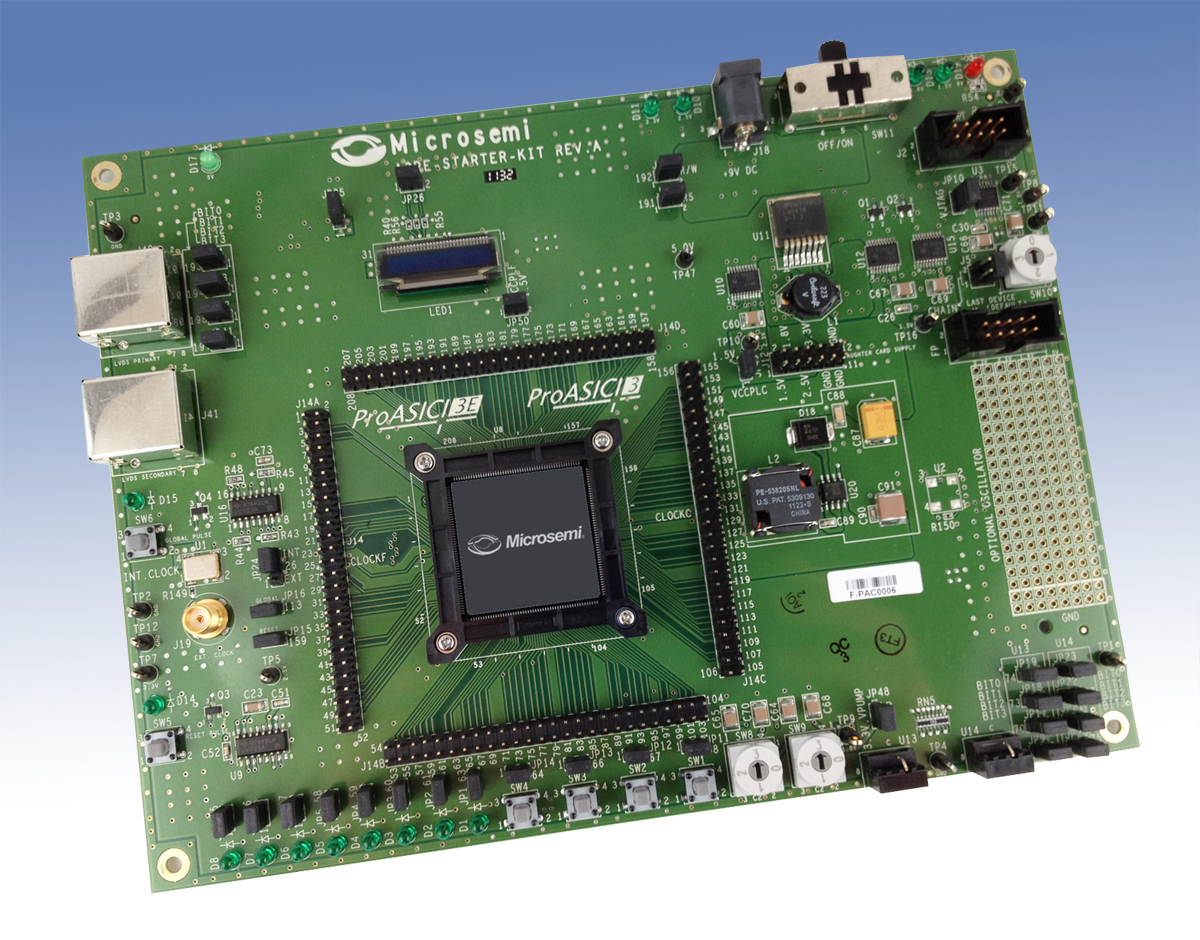There are high-end SC materials used in antennae arrays that are not capable of being made in China or much of Asia, Europe, and are developed and produced in the US. You have to distinguish between processors and antennae. I’m talking about specific antenna element technologies that are basically US-exclusive to us and very select allies.Stuff needed for even high-end military hardware is not even close to tech used in consumer electronics, i don't mean that in terms of quality but in terms of technology. While consumer stuff is approaching use of 3 and 5-nanometre chips , military contractors are still having chips made in 250+nm, chip tech at least 20y old is driving the newest of the top-of-the-line military gear. Modern military gear can easily be is running on 600nm or even micrometer chips. Stuff that is used to slam Boeings Max into the ground is 80286, 1.5 micrometer not a nanometer so 1982 tech.
I agree China is nowhere near US in terms of chip development, but they can still make stuff that is running not just F35 but likely any NGAD in development any time of the day and then some.
And then there is a legitimate question of ROChina, TSMC which is in a way being run out of business its has absolutely dominated, if it can't sell to its large customers in PRC ,so one can only wonder how much of the TSMC tech will end up in PRC sooner than later.
The main technology I’m talking about is Gallium Nitride (GAN) Transmitter Receiver Modules. In order to manufacture them in volume, it took years to conquer those processes to scale it, and it is very recent. That’s a US technology that dramatically improves AESA Radar performance. We have been upgrading USMC F/A-18C/D and CF-18A baby Hornets with new APG-79(V)4 AESAs, which use GaN TRMs. Super Hornet Block II and III also have APG-79(V)4 AESAs with this TRM technology.
F-35s will get GaN AESAs with the new APG-85 in the Block 4 Lots moving forward. Electron mobility is up to 20% better with GaN vs GaA TRM elements.
China also does not possess the critical manufacturing technologies for the chip etching machines, engineers, and all the support that goes with that. The US just cut that off from China.








